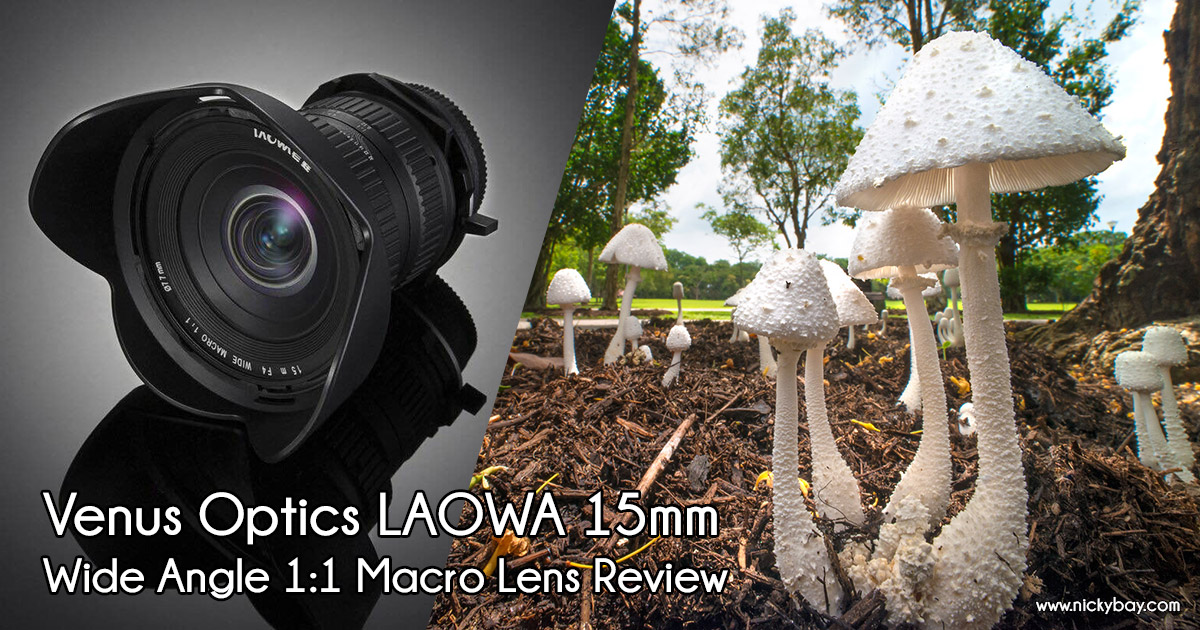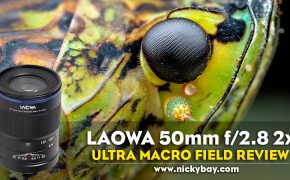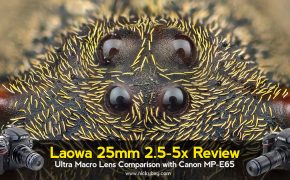Review of Venus Optics LAOWA 15mm f/4 1:1 Wide Angle Macro Lens
Update: Part II of the lens review is available now with more sample macro and landscape photos from the Venus 15mm!
Venus Optics sent me an early pre-production copy of the Venus Optics LAOWA 15mm f/4 1:1 Wide Angle Macro, the world’s first ultra-wide angle macro lens capable of magnification up to 1:1, and I have been dabbling with it in the past week to publish a first look for this one-of-its-kind lens. This lens is available for pre-order now and should be ready to ship by end of July 2015. Readers of this blog may use the discount code SGMACRO to get a 5% discount off the launch price of $479USD, inclusive of international shipping. This discount code is valid until 31 August 2015.
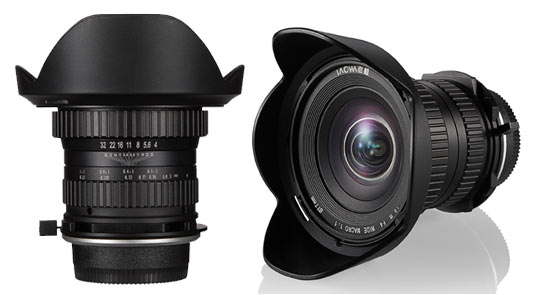
Wide angle macro photography is a rarely explored genre of macro photography, largely due to the lack of readily available equipment or accessories to allow one to focus up close with a wide-angle lens. It is also a difficult beast to tame due to the short working distance. Composition and lighting can be very different from mainstream macro photography but once you get the hang of it, the resulting perspectives can be mind-blowing and very well worth it.
“Giant” Fungi (CA corrected)
A low angled shot captures the background in its entirety, and the clarity of the background gives the impression of a giant mushroom (which were slightly less than 2 inches tall).
Handheld, 1/50s, F/22, ISO500, single fill flash
“Giant” Fungi
From an even lower angle, it gives the viewer the perspective of a bug under the mushrooms.
Handheld, 1/50s, F/22, ISO500, single fill flash
Snail with Marina Bay Sands in the background
Handheld, 1/10s, F/22, ISO800, single fill flash
Ornamental tree trunk spider (Herennia sp.)
Handheld, 1/25s, F/22, ISO800, single fill flash
Katydid (Tettigoniidae)
Handheld, 1/25s, F/22, ISO400, single fill flash
Red tent spider (Cyrtophora unicolor)
Handheld, 1/13s, F/32, ISO400, single fill flash
Marina Bay Sands – Perspective correction with lens shift
Perspective correction with lens shifting is nothing new, but always welcome for architectural photography. A very nice bonus, given that any lens with the capability to shift will tend to cost a lot more than this one! Note that when shifted up to the maximum of 6mm on a full frame sensor, there will be vignetting in the top corners. The vignetting has been cloned away in this example.
Singapore residential building – Perspective correction with lens shift
Another example of perspective correction shot from a high position, vignetting not visible when shifted 5mm down.
Test Photos
I took the lens out for a short morning walk, and managed a couple of keepers with good performance except for noticeable chromatic aberration. All photos are uncropped single exposures, tested on Nikon D800 with a SB400 Speedlite and a DIY flash diffuser unless stated otherwise. Filter and lens hood removed during testing.


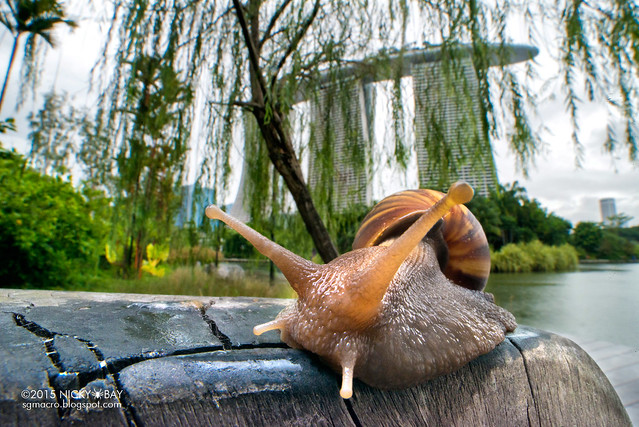
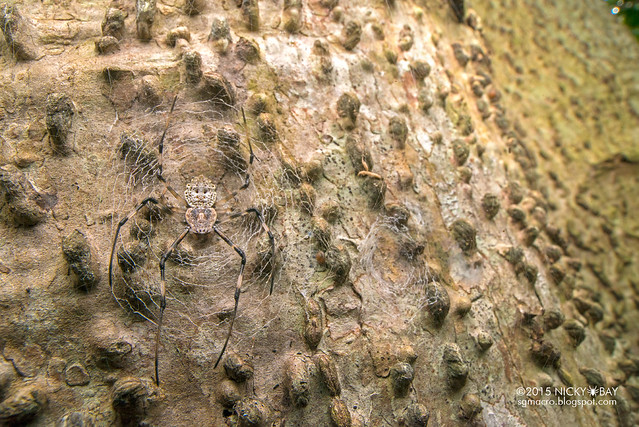
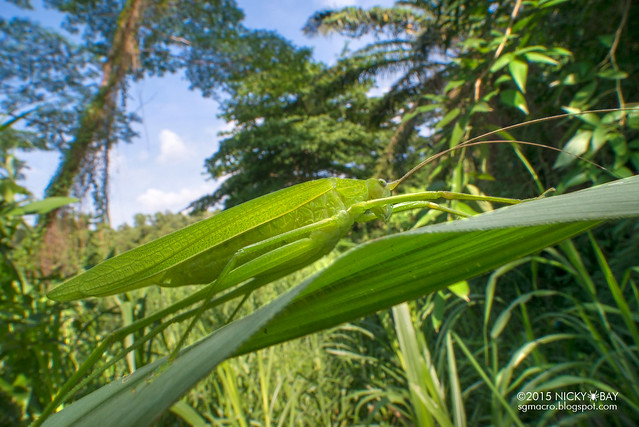
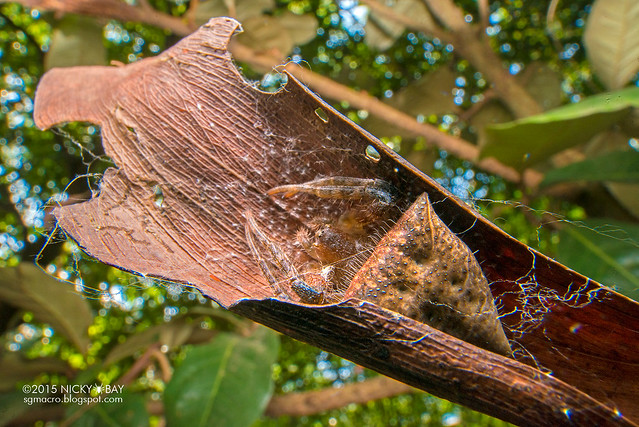
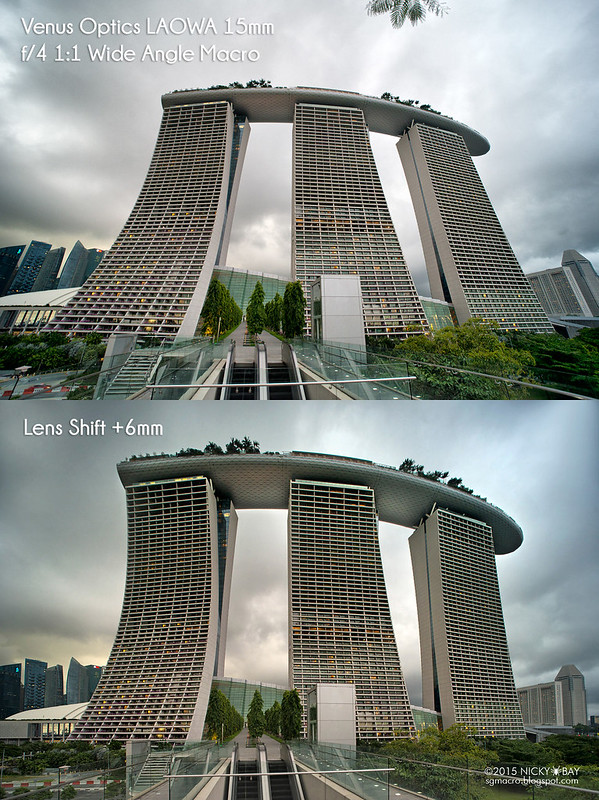
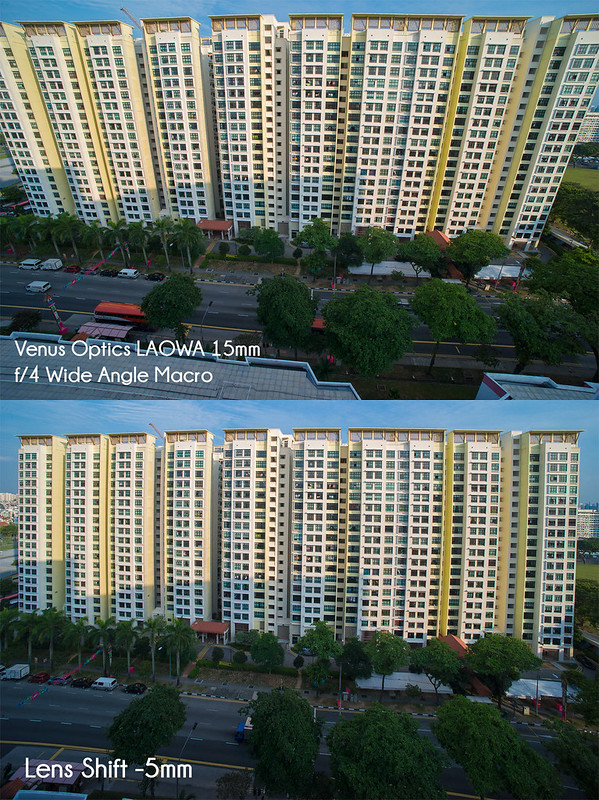
Lens Build
Weighing at just 410g, this lens a small chunk of solid metal. It comes with a lens hood, but it would typically not be used when shooting close-ups.
The focusing ring is damped and smooth, but the aperture ring is not damped and smooth without stops.
The shift mechanism is not easy to adjust – there is no way to lock the shift at precise positions except at 0mm and the extremities. With enough practice, it should be easy to handle.
Performance
Image quality is excellent in the middle of the photo and deteriorates at the corners on a full frame sensor. The following tests were made by shooting a fine-grid paper (approximately 2.4 squares per mm) lighted from behind.
Image Quality and Diffraction
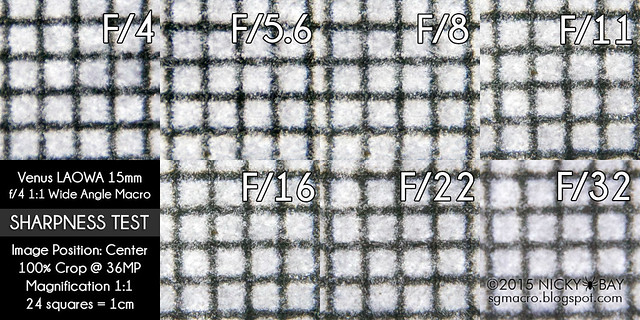
At 1:1, image quality is excellent in the center of the image. Diffraction is very well controlled, creeping in very slightly at F/22, and showing marked deterioration at F/32. F/16 and F/22 would be good aperture settings to use for the best image quality and most detail in the background.
Distortion
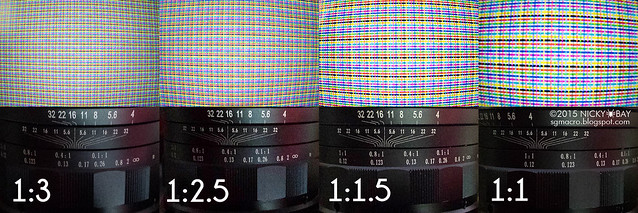
Distortion is apparent at close distances, but should be easily corrected in post-processing.
Chromatic Aberration
Chromatic aberration (CA) is not very obvious at non-macro focusing distances, but shows up distinctly when we get closer to the subject. CA is a common problem with wide angle lenses focusing at close distances and not unexpected. CA correction techniques are available in post-processing which I will be trying out in the next post.
Technical Specifications
| Venus Optics LAOWA 15mm f/4 1:1 Wide Angle Macro | |
| Focal Length | 15 mm |
| Maximum Aperture | F/4 |
| Minimum Aperture | F/32 |
| Angle of View | 110 degrees (Full Frame) 85 degrees (APS-C) |
| Format Compatibility | Full Frame |
| Available Mounts | Canon EF, Nikon F, Sony Alpha A, Sony E & Pentax K mounts |
| Shift (for APS-C sensors only) | +/- 6 mm |
| Lens Structure | 12 elements in 9 groupsHigh Refractive Elements x 3pcsExtra-low Disperson Elements x 1pc |
| Aperture Blades | 14 |
| Min. Working Distance | 4.7 mm (1:1) |
| Max. Magnification Ratio | 1:1 |
| Auto Focus | None |
| Aperture Control | None |
| Filter Size | 77 mm |
| Dimensions | 83.8 x 64.7 mm |
| Weight | 410 g |
Conclusion
| Pros | Cons |
|
|
The Venus Optics LAOWA 15mm f/4 1:1 Wide Angle Macro lens delivers well on its promise to photograph small subjects with a very wide depth of field. 1:1 is an unpractical magnification for wide-angle field work due to the short working distance of 4.7mm, but it gets more manageable at 1:2 and wider. Being a manual lens, focusing at stopped down apertures becomes exceptionally challenging, but this is a problem faced by every other wide-angle macro solution out there and resolved with either live view or manually stopping down the aperture after focusing wide open.
Despite the limitations which are expected in any current wide-angle macro setup, this lens has surpassed my expectations and has earned a permanent spot in my camera bag. I’m looking forward to demonstrating it in my upcoming Borneo Bootcamp! For more updated photos from this lens, visit my photo album on Facebook.
The launch price of this lens is $479USD, inclusive of international shipping. Readers of this blog may use the discount code SGMACRO to get a 5% discount from the purchase of this lens at venuslens.net. This discount code is valid until 31 August 2015.
Please leave your comments below should you have any questions regarding this lens and I’ll be happy to answer them.

